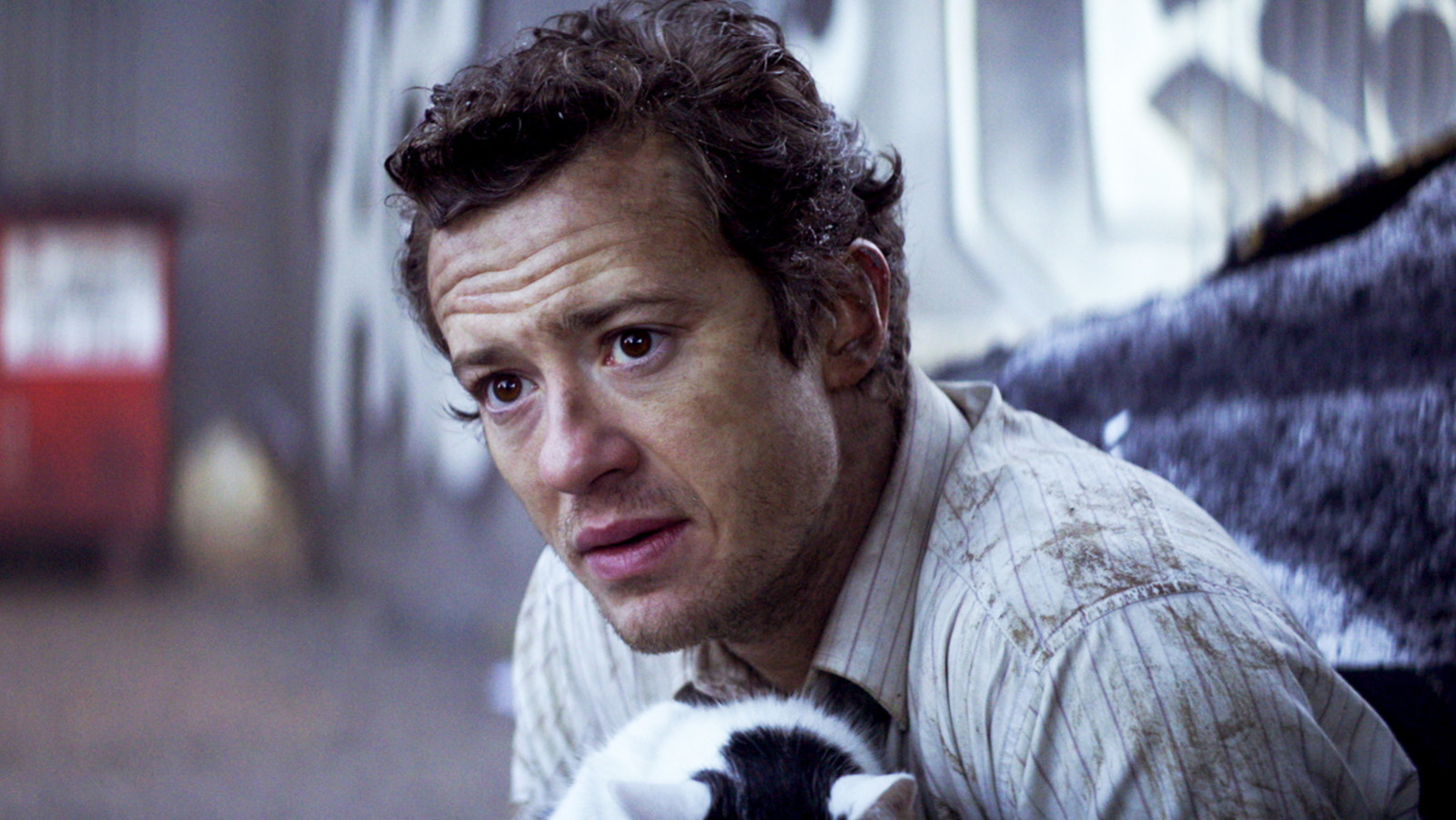
One reason that horror movies have prevailed at the box office where other genres have faltered is the built-in appeal of seeing a scary movie in a theater, surrounded by strangers, and getting scared collectively. And yet, one of the biggest frustrations with the theatrical experience is the behavior of those strangers. All it takes is a couple of people in the audience carrying on a conversation to ruin the experience for everyone else.
The premise of “A Quiet Place” — an Earth overrun by monsters who hunt using sound, forcing the few surviving humans to live in total silence — created a built-in peer pressure for audiences to stop whispering and crinkling food wrappers. People instinctively mimicked the behavior of the characters on-screen. And just in case instinct wasn’t enough, some theaters even ran promos warning audiences to “never make a sound.”
Forbes contributor Paul Tassi urged movie-lovers to see “A Quiet Place” on the big screen while they had the chance, describing his first time seeing it as “a unique experience that I cannot remember having in ages: A totally quiet theater.” He recalled:
“For the entirety of the film, even in a sold out show, I could hear a pin drop. People made startled noises only when the movie itself demanded it, but everyone felt like they were even chewing their popcorn as quietly as they could. I have never seen any other movie result in this kind of pristine viewing experience.”
If it was just the first movie, this could be dismissed as a one-off gimmick. But after two equally successful sequels to “A Quiet Place,” it seems clear that even in the streaming age, people still want to watch movies on the big screen. They just want the experience to be fun instead of frustrating.


Leave a Reply